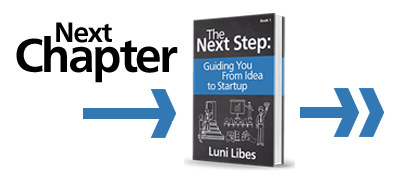Nine boxes, but not a game of tic tac toe.
There are many opinions on how to fill in the nine blocks of the Business Model Canvas, based on various definitions of each of the blocks. My opinion is to keep the Canvas as simple as possible, using it to find the ideal business model, not every conceivable model.

The Business Model Canvas poster from businessmodelgeneration.com
Value Propositions
What are the main benefits your solution provides to customers? Benefits, not features. List those benefits in order of importance to the customers. Limit the list to just the top three to five benefits.
Customer Segments
Startups can’t afford to bring a product to everyone, even if the product is useful to everyone. You need to focus your efforts on one initial customer segment. If you don’t know which segment that is, list the top choices.
If the value proposition differs between those segments, build separate Canvases for each customer segment.
Channels
How are you going to get your product or service to your customers? What are the most important marketing and sales channels? Channels are ways you communicate with potential customers, both directly and indirectly (for example: online, through the mail, or on a retail shelf). List the channels in priority order. Limit the list to the top two to three channels or, ideally, just the one channel you intend to use to launch your business.
Customer Relationships
How are you going to keep your customers happy? What are you going to do to keep in contact after you’ve closed those customers, i.e., turned potential customers into paying customers? What are you going to do to delight your customers? List the top two to three actions and channels you expect to use to keep an ongoing relationship with your customers.
Revenue Streams
How does your business make money? If your customers buy a product or service directly from you, you can fill in this box with “direct sales” and move on. For more complicated business models, explain how revenues are generated.
Key Resources
What equipment, services, and processes do you need to make your business work? Nearly every business needs a staff, an office, and startup capital, so skip those. List the items in order of importance. Limit the list to the most important two to five items.
Key Activities
What will you do with the Key Resources? Collecting revenues, paying bills, hiring staff, etc. are all commonplace, so again skip all of those. List the activities in priority order. Limit the list to the most important two to five activities.
Key Partners
Few businesses can do everything themselves. What specific organizations or types of organizations do you need to partner with in order to operate your business? List the partners in order of importance. Limit the list to just the partners you cannot live without.
Cost Structure
What are the biggest costs in running your business? For companies selling a service, this might be the salaries of the staff. For companies selling a product, it could be the parts and labor needed to build the product. List the top three to five expenses.











